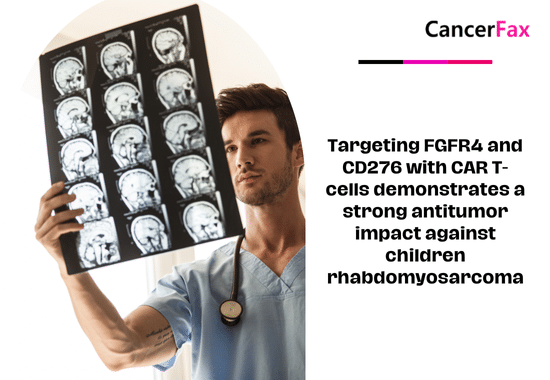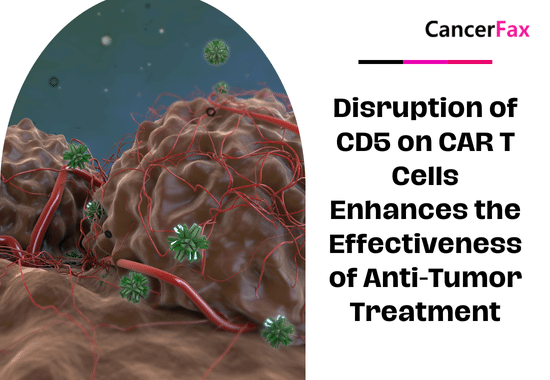Opdivo has been listed in the United States for the treatment of lung cancer. Many cancer patients cannot go abroad for treatment for various reasons. Consult Opdivo on how to use it and hope to be able to buy medicine from abroad.
US FDA expands approval for use of Opdivo to treat lung cancer
Richard Pazdur, MD, Director of the Hematology and Oncology Products Division at the FDA ’s Center for Drug Evaluation and Research, said: “When the results of this clinical trial were first available in December 2014, FDA ’s active work with the company facilitated this early submission and review. , “” This approval will provide patients and health care providers with the knowledge that accompanies the survival benefits of Opdivo and will help guide patient care and future lung cancer trials. “Priority review
These highlights do not include all the information needed to use OPDIVO safely and effectively. Please refer to OPDIVO for complete prescription information.
OPDIVO (nivolumab) injection for intravenous use
Initial approval in the United States: 2014
Indications and uses
Recent major changes (red is the new version)
Indications and uses (1.2) 3/2015
Warnings and precautions (5.1, 5.2, 5.3, 5.4, 5.5, 5.6) 3/2015
Indications and uses
OPDIVO is a human programmed death receptor-1 (PD-1) suitable for blocking antibody therapy in the following patients:
(1) Treatment of patients with unresectable metastatic melanoma and ipilimumab [ipilimumab] and, for example, BRAF V600 mutation-positive, disease progression after a BRAF inhibitor. (1.1) This indication is approved under accelerated approval based on the tumor response rate and the durability of the response. Continued approval of this indication may depend on verification and the description of clinical benefit in the verification trial. (1.1, 14)
⑵ Use platinum-based chemotherapy or advanced metastatic squamous non-small cell lung cancer. (1.2)
Dosage and method of administration
3 mg / kg was given by intravenous infusion over 60 minutes every 2 weeks. (2.1)
Formulations and specifications
Injection: 40 mg / 4 mL and 100 mg / 10 mL solutions in disposable vials (3)
Contraindications
Warnings and precautions
Immune-mediated adverse reactions: Glucocorticoids are given according to the severity of the reaction. (5.1, 5.2, 5.3, 5.4, 5.6)
⑴ Immune-mediated pneumonia: not given moderately and permanently terminated for severe or life-threatening pneumonia. (5.1)
⑵ Immune-mediated colitis: Do not give permanent termination to moderate or severe and life-threatening colitis. (5.2)
(3) Immune-mediated hepatitis: monitoring changes in liver function. Moderate non-administration and permanent termination of severe or life-threatening transaminase or total bilirubin elevation. (5.3)
⑷ Immune-mediated nephritis and renal insufficiency: monitoring changes in renal function. For moderate failure and permanent termination of severe or life-threatening rise in serum creatinine. (5.4)
⑸ Immune-mediated hypothyroidism and hyperthyroidism: monitor changes in thyroid function. Start thyroid hormone replacement when needed. (5.5)
⑹ Fetal and fetal toxicity: may cause fetal harm. Advise on potential risks to the fetus and the use of effective contraception. (5.7, 8.1, 8.3)
Adverse reactions
The most common adverse reaction (≥20%) in patients with melanoma is rash. (6.1)
The most common adverse reactions (≥20%) in patients with advanced squamous non-small cell lung cancer are fatigue, difficulty breathing, musculoskeletal pain, loss of appetite, cough, nausea, and constipation.
Used in special people
⑴ Breastfeeding: Terminate breastfeeding.

